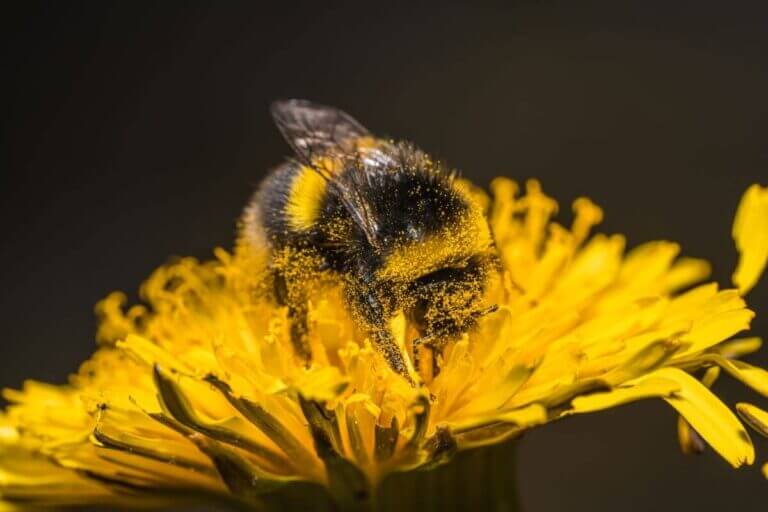Bumblebees have developed an unfair reputation for being ill-tempered, aggressive insects. Their large, fuzzy bodies buzzing through the air can appear intimidating. And the prospect of getting stung is enough to put most people on high alert when bumblebees are nearby. But are bumblebees really as aggressive as their stereotype suggests? The truth is, these furry pollinators are usually quite docile – when left undisturbed.
What Makes Bumblebees Less Aggressive?
Several key traits make bumblebees less prone to aggression than other stinging insects like wasps or hornets:
Size – Bumblebees have thick, stubby bodies covered in soft hair, which makes them appear deceptively large. But most species are actually relatively small, averaging just 0.4 – 0.6 inches long. Their more compact size compared to wasps makes them less intimidating.
Flying Speed – The large size and furry bodies of bumblebees prevent them from flying very fast, unlike more streamlined wasps. Bumblebees average an airspeed of just 15-25 mph. Their slower, more lumbering flight makes them less reactive and defensive.
Stinger Structure – A bumblebee’s stinger lacks the barbs found on wasp and hornet stingers. This means they can sting prey repeatedly without injury to themselves. Having a smooth stinger lowers the risks associated with stinging, making them less likely to perceive threats.
When Are Bumblebees More Likely to Sting?
While bumblebees are generally peaceful, there are certain situations that may provoke them to sting in self-defense:
Feeling Threatened – Quick motions near a bumblebee, swatting at them, or grabbing them can trigger a defensive sting. Loud noises like screaming may also make them feel threatened.
Protecting the Nest – Bees become much more territorial and prone to stinging when their nest is nearby. Accidentally disturbing a ground or tree nest will alert guard bees.
Trapped Against Skin – If a bee gets caught in clothing or hair and pressed against bare skin, it may sting in a panic while trying to escape.
Disturbing Foraging – Bees foraging for nectar or pollen on flowers can get irritated by interruptions. Avoid swatting at them when they are busy gathering.
In most cases, bumblebees will avoid stinging as long as they do not feel endangered. Their first instinct is to flee danger through clumsily buzzing away.
Tips to Avoid Being Stung
You can reduce chances of getting stung by being aware of bumblebee behaviors and taking sensible precautions:
- Stay calm and move slowly around bumblebees. Avoid abrupt movements.
- Do not try to touch, swat, or crush bumblebees.
- Check your surroundings for nests and avoid disturbing them.
- If you accidentally anger a bee, move away calmly. Running may trigger an attack.
- Avoid wearing strong perfumes or scents which may confusion and irritate them.
- Prevent trapped bees by not walking barefoot outside and shaking out clothing and towels before use.
- Cover food and drinks outdoors so bees are not attracted to sugary substances.
- Plant bee-friendly flowers in your yard to give them alternative nectar sources.
With proper respect and precaution, bumblebees and humans can coexist peacefully. Their docile nature makes them prone to ignore us when possible.
Why Bumblebee Conservation Matters
Getting over an exaggerated fear of bumblebees allows us to appreciate these beneficial insects and their ecological importance. As prolific pollinators of flowering crops and wild plants, bumblebees are essential for productive agriculture and healthy ecosystems.
Unfortunately, many bumblebee species are now declining in population and at risk due to habitat loss, climate change, disease, and pesticide use. Debunking the myth of their aggression helps reduce exaggerated fear and unnecessary persecution. We can develop an accurate understanding that bumblebees are not dangerous wildlife, just harmless fuzzballs bumbling between flowers.
Learning to gently coexist with bumblebees and protecting their natural habitat is crucial. If you care about conserving these lovable pollinators, help spread awareness about their peaceful nature and ecological benefits. We can ensure bumblebees continue buzzing through fields and gardens for generations to come.




